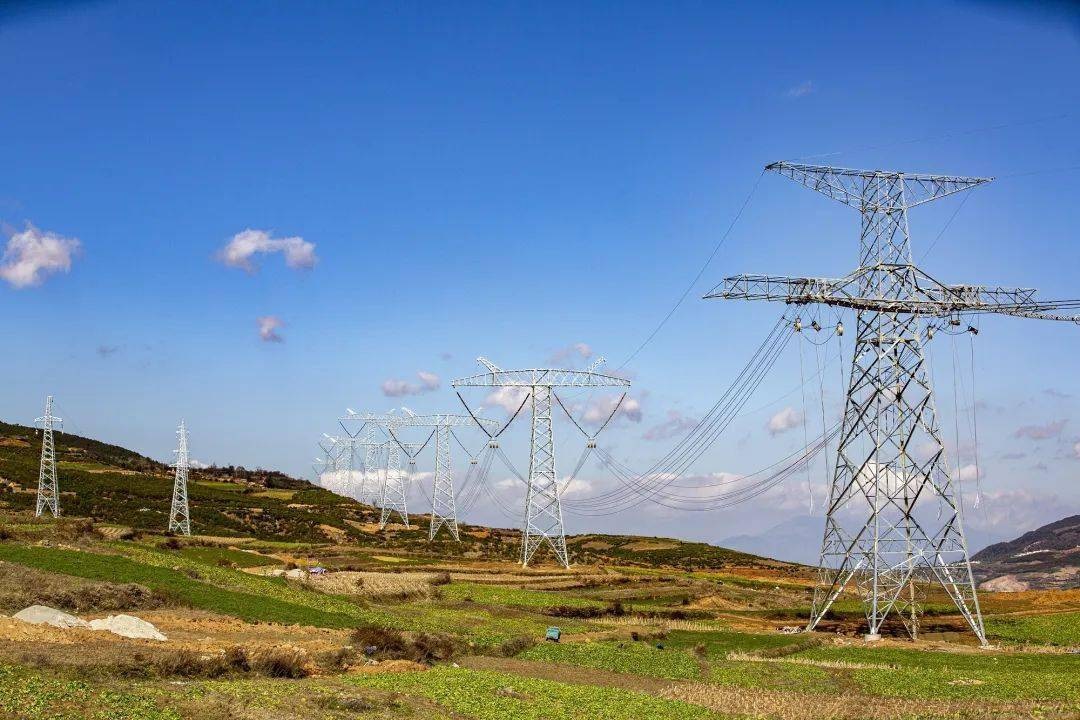
Recently, lumber prices have sharply dropped, drawing significant attention from Wall Street and economic observers. Specifically, since lumber futures prices hit a three-year high in early August, they have fallen by 24%, touching $526.50 per thousand board feet. This change has sparked widespread concern about the health of the U.S. economy, as lumber prices have historically been a reliable leading indicator for both the real estate market and broader economic trends.
Lumber Price Fluctuations and Economic Signals
The dramatic fluctuations in lumber prices, especially the recent decline, are sending an ominous signal to the market. Lumber prices surged during the pandemic lockdowns, serving as a clear sign of inflationary pressures and supply chain disruptions. When the Federal Reserve began raising interest rates in 2022 to curb inflation, lumber was one of the first assets to see depreciation. As the U.S. real estate market weakened and trade uncertainties grew, lumber prices again declined, highlighting the broader challenges facing the economy.
In fact, the trajectory of lumber prices is closely linked not only to market demand but also to global trade policies. Previously, due to threats from the Trump administration to impose tariffs on imported lumber, the supply of Canadian lumber was temporarily restricted, which drove up prices. However, instead of stabilizing, lumber prices continued to decline due to the combined effects of tariffs and shrinking demand.
Supply Surplus and Production Cuts
Currently, the issue of lumber oversupply is worsening, particularly in the context of the escalating tariff dispute between Canada and the U.S. To cope with the soft lumber market, several major North American lumber producers have started cutting production. For example, Interfor announced a reduction in production at sawmills in the U.S. South, Pacific Northwest, and Eastern Canada, expecting a decrease of approximately 145 million board feet in lumber output. Another producer, Domtar, has suspended production at some sawmills and indefinitely closed its Quebec-based factories. These actions reflect the survival pressures faced by the lumber industry under the current market conditions.
Analysts point out that the softness in the lumber market may persist unless additional measures are taken to ease the oversupply situation. The higher tariffs on Canadian lumber, coupled with weak demand in the U.S. market, present significant challenges to the lumber industry. Industry insiders believe producers may need to further cut production or even close additional plants to cope with the current market difficulties.
Sluggish U.S. Housing Market
The decline in lumber prices is closely tied to the sluggish state of the U.S. housing market. According to statistics, the number of building permits in July hit the lowest level since June 2020, and total construction spending also dropped. The slowdown in home construction directly impacts the demand for lumber, leading to an oversupply in the market.
Meanwhile, despite the Federal Reserve's ongoing rate hikes to control inflation, recent declines in mortgage rates have provided a glimmer of hope for the market. Analysts believe that lower borrowing costs could stimulate more construction and home-buying activity, particularly in home repairs and renovations, which are key sources of lumber demand.
The Connection Between Lumber Market and U.S. Economy
As an essential raw material for the real estate and construction industries, lumber prices often reflect broader economic trends. In recent years, lumber prices surged at the start of the pandemic, serving as an early indicator of economic stress. Now, with lumber prices plummeting again, it could signal intensified challenges for the economy. The market is filled with uncertainty about the future direction of the U.S. economy, particularly amid a weakened real estate market and increasing trade uncertainties.
Nevertheless, with the potential for Fed rate cuts and expectations for lower interest rates, there may be some stimulus for a recovery in the housing market, which could drive a rebound in lumber demand. However, whether the lumber industry can recover quickly will depend on other factors, such as changes in tariff policies and the restoration of global supply chains.
Overall, the fluctuation of lumber prices serves as a warning for the U.S. economy. The current weakness in the lumber market not only reflects the difficulties within the real estate sector but could also be a sign of broader economic challenges. In this context, producers, policymakers, and market observers will closely monitor lumber price trends in the coming months to take proactive measures in response to potential risks.

報告顯示,中國電力投資加速增長,預計2024年電網基建投資將超過5300億元。
近日,市場迎來了一則引人注目的消息:工業巨頭3M公司(MMM.N)在本周五公布了其季度業績報告,隨後股價飆升至近兩年來的
最近,外媒給OpenAI算了筆賬,今年可能要血虧50億美元。
近日,巴黎奧運會和世界鐵人三項協會聯合發布了一項重大決定,宣布因塞納河水質污染問題,原定於近期進行的奧運會鐵人三項首次下
當地時間7月18日,法國巴黎發生了一起令人震驚的持刀襲警事件。
近期,一則重大消息在國際舞臺上引起軒然大波,馬來西亞宣布加入金磚國家。
調查發現,互聯網和智能手機的使用幹擾了韓國近五分之一學生的生活。